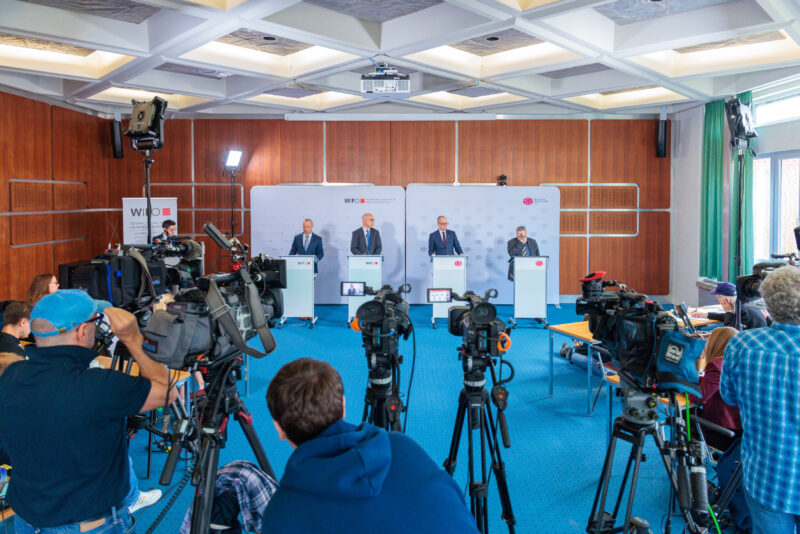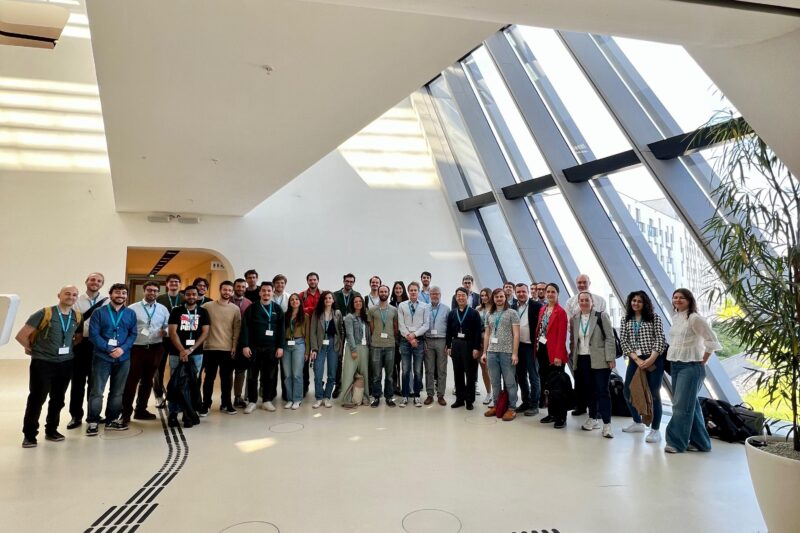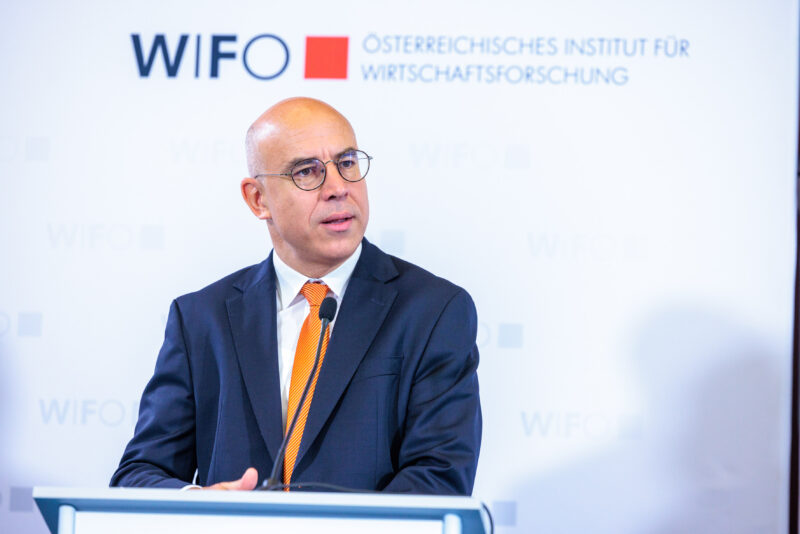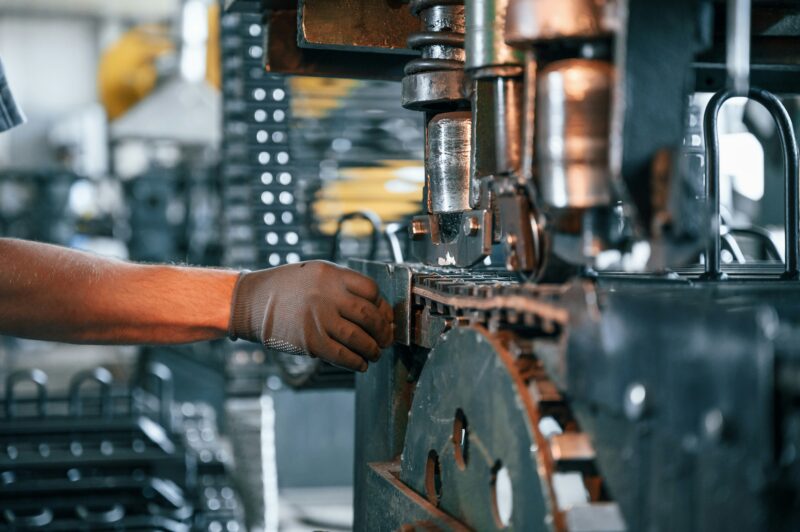
Easing Tensions in Energy Markets Improve Business Sentiment
"Despite the weak economic development, many companies are complaining about a shortage of labour. Although the number of jobs rose strongly after the COVID-19 crisis, the volume of hours worked is still below the pre-crisis level," says Marcus Scheiblecker, author of the current business cycle report.
As leading indicators had already suggested, the domestic economy contracted in the fourth quarter of 2022. Despite a 0.7 percent quarter-on-quarter decline in GDP, the economy grew by 4.7 percent (real, preliminary) in 2022 as a whole.
Industry (NACE B to E) recorded a slight increase in its value added in the fourth quarter compared to the previous period, while construction recorded a significant decline of 0.9 percent. The decline was even more pronounced in "trade, maintenance and repair of motor vehicles, transport, and accommodation and food services" at –2.7 percent. While high inflation dampened real household consumption, investment and foreign demand stimulated the economy.
The WIFO-Konjunkturtest (business survey) of January 2023 confirms the current weakness of the Austrian economy. In both manufacturing and construction, the companies surveyed assessed the current situation more pessimistically than in the previous months. Only in the service sector an improvement has been reported. Expectations concerning the future business, which had deteriorated significantly between spring and autumn 2022, have been trending upwards again since November.
The Austrian inflation rate had reached a temporary high of 11 percent in October 2022 and – as in the euro area – fell in the following two months. In contrast to the euro area average, this decline did not continue in January 2023; instead, the rate in Austria rebounded, and, exceeded the value of autumn 2022 at a rate of 11.1 percent .
Since recently, the economic slowdown impacts the Austrian labour market. According to initial calculations, the number of employed persons did not increase further at the beginning of the year. Compared to the previous month, seasonally adjusted data showed stagnation (+0.1 percent). Compared to the previous year, however, there was still a strong increase of 1.7 percent.
The development of unemployment also shows traces of the economic slowdown. Although the number of registered unemployed decreased by 4.8 percent compared to the previous year, it increased by 0.8 percent compared to December.
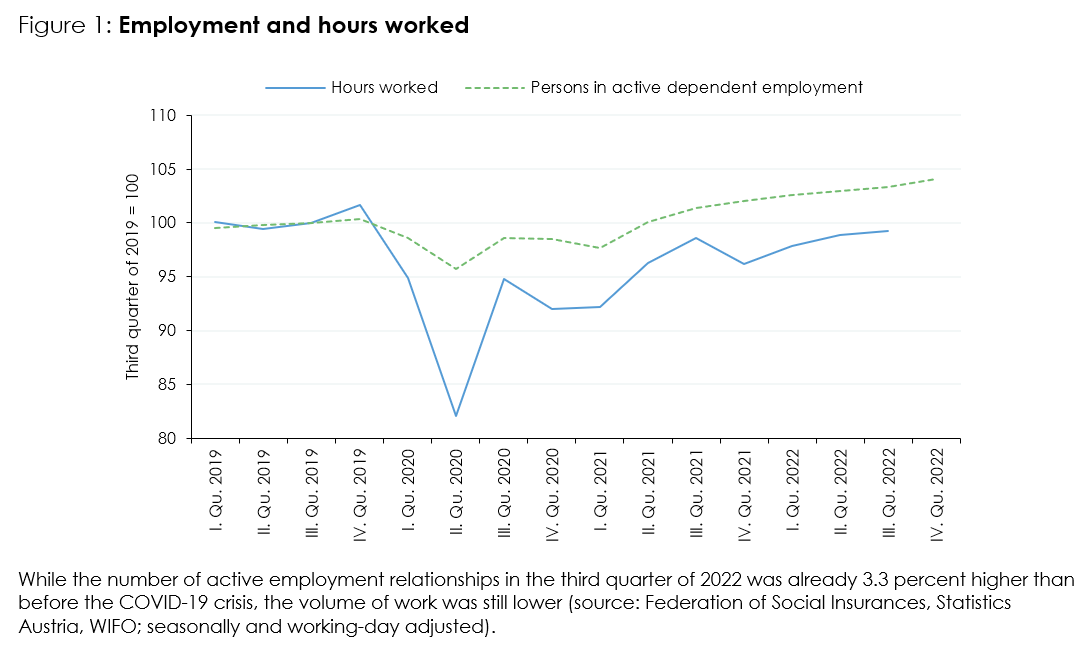
Publications
Please contact


